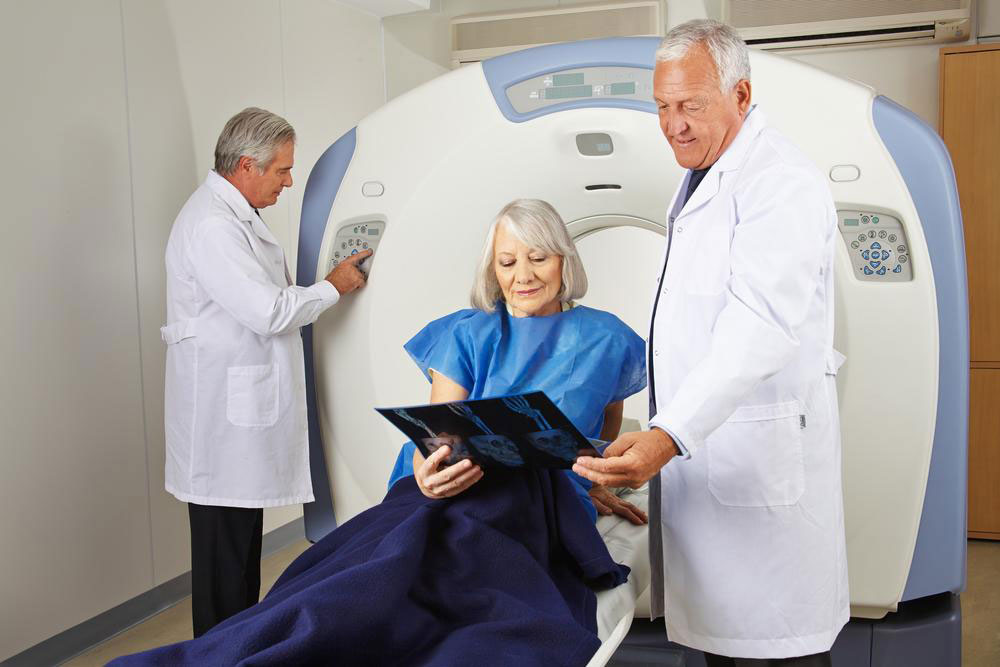Understanding Lung Cancer: Symptoms, Diagnosis, and Risks
Learn about lung cancer symptoms, diagnosis techniques, and risk factors to recognize early signs and seek timely medical intervention. Early detection can significantly improve treatment outcomes and survival rates.

Understanding Lung Cancer: Symptoms, Diagnosis, and Risks
The lungs are vital organs responsible for oxygen intake and carbon dioxide removal. Composed of several cell types, primarily epithelial cells, these cells line the airways and produce mucus to protect the lungs. Lung cancer develops when genetic mutations disrupt normal cell growth and death, leading to abnormal cell proliferation. These surplus cells form tumors, which can invade nearby tissues, a process known as lung cancer. Diagnosing lung cancer involves various tests to determine the extent of spread and suitable treatment options. Key diagnostic methods include biopsies, medical history reviews, laboratory tests such as blood work and sputum analysis, and imaging scans like X-rays, CT, MRI, PET, and bone scans. Symptoms often go unnoticed initially, but warning signs include a persistent cough, blood in sputum, chest pain, hoarseness, breathlessness, fatigue, and recurring respiratory infections. If the cancer metastasizes, symptoms like back pain, headaches, dizziness, jaundice, or neurological issues may occur. Risk factors include active or passive smoking, exposure to hazardous substances like asbestos or arsenic, high air pollution, family history, existing lung diseases, and radiation exposure. Awareness of these signs and risk factors is crucial for early detection and treatment.










